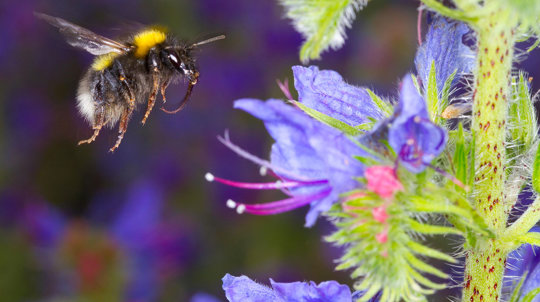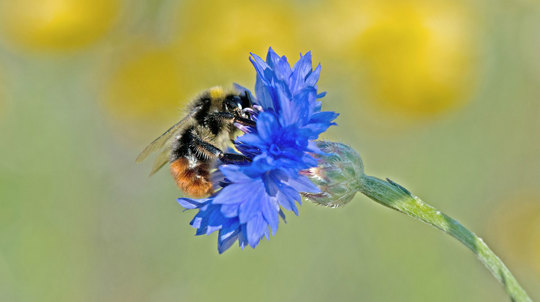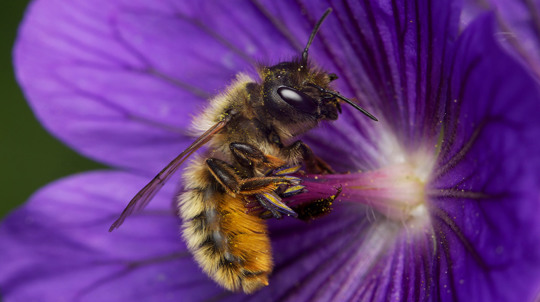Blossom is one of the most valuable early nectar sources for queen bees after hibernation. Willow, crab apple and hawthorn trees all produce bountiful blossom and are perfect for the garden.
Where do bees go in winter?

Digital Content Manager
Ever wondered where bees go in winter? Surprisingly, they don’t all perish once autumn is over. Different bee species have special strategies and adaptations to help them conquer the bitter cold.
Even bumblebees, who are swaddled in a luxurious fur coat, can’t survive out in the cold temperatures. Plus, with most of their favourite foodplants gone for the year, insects don’t have access to enough food to survive in winter.
The UK is home to more than 250 species of bee, including 24 different types of bumblebee and one domesticated honeybee. The rest – around 90%, in fact – are all solitary bees. They’re all very different, and they don’t all behave the same way in winter.
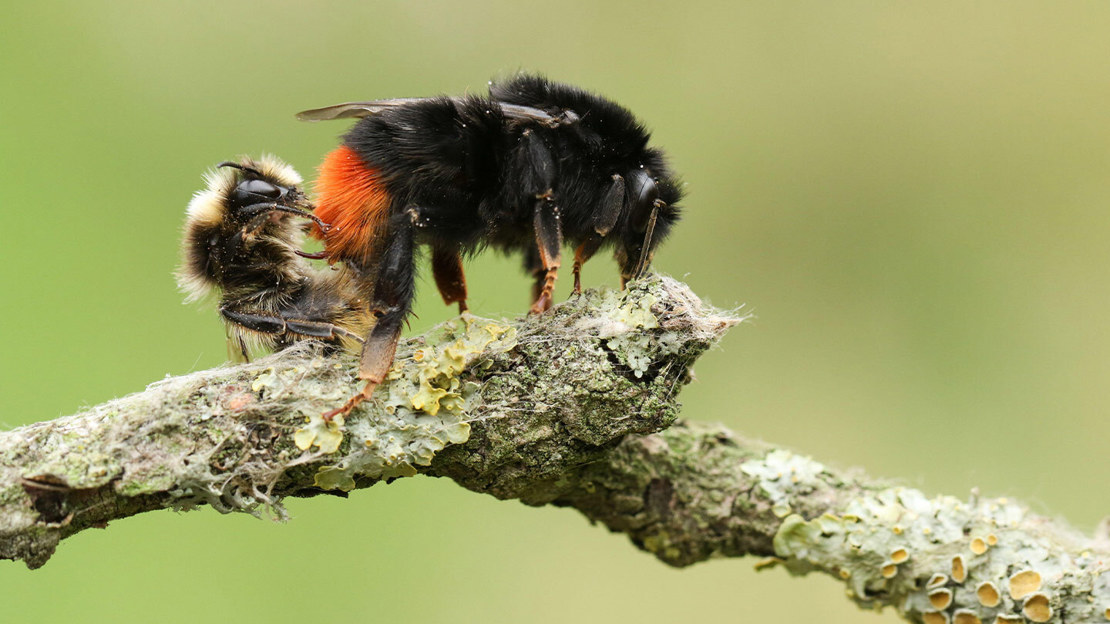
Bumblebees
When the rest of the colony dies at the end of summer, queen bumblebees do something more associated with hedgehogs – they hibernate. After gorging on nectar and pollen to build up vital fat stores, they hide away underground in loose soil, banks of earth and even occasionally flowerpots.
When spring blooms, the queens emerge from their winter isolation to replenish their energy with nectar. They’ll then find their perfect nest site and, having mated before they hibernated, lay their first brood of eggs in early summer.
Grow your own bee sanctuary
With our essential Trees for Bees pack you can create a wildlife haven for bees and other pollinators. Each pack includes a mix of nectar-giving native tree species.
Buy the pack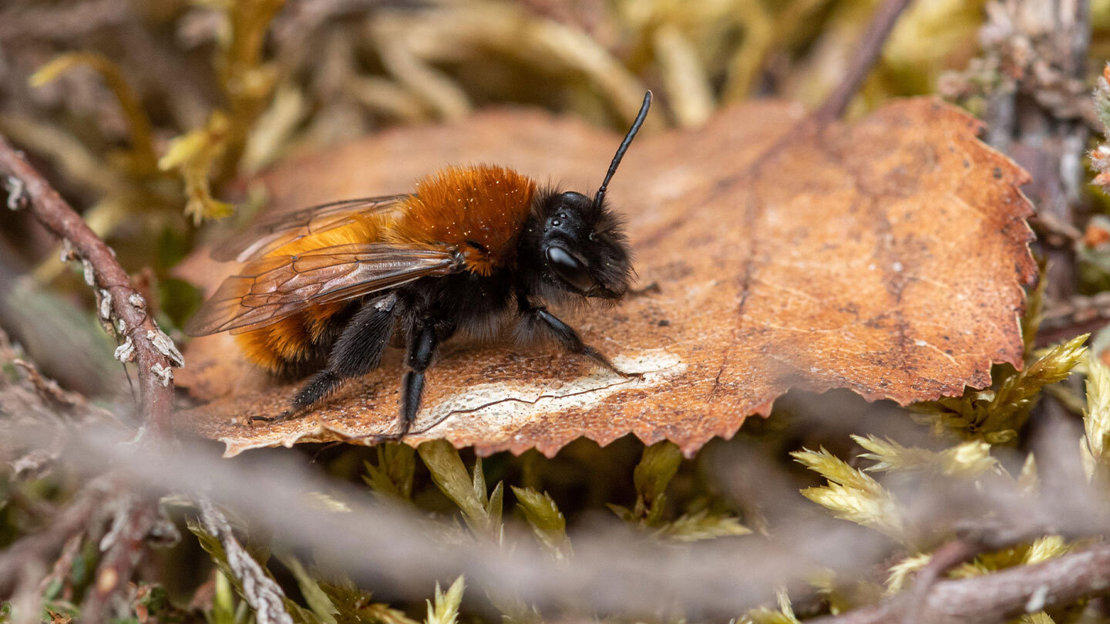
Both male and female blue carpenter bees (Ceratina cyanea) buck the trend, tucking themselves into bramble stems and overwintering as adults rather than young.
Solitary bees
Solitary bees like tawny mining bees and red mason bees follow a different winter survival strategy. Instead of hibernating as adults after a season on the wing, the females mate and lay eggs in their nest cells towards the end of spring. When the grubs hatch, they stay in the cell right through the summer, feeding on stores of pollen left by the female bee.
By the end of autumn, the grubs will have pupated and matured into adult bees, but they don't emerge just yet. They hibernate in their cocoons until the following spring, when they'll emerge to feed from early blooms.
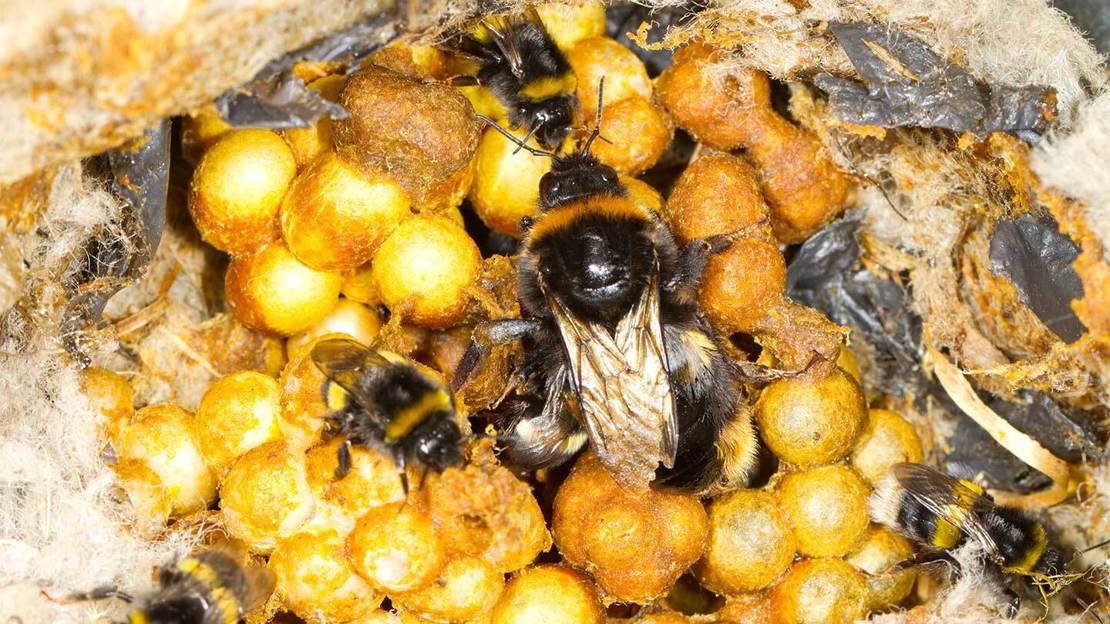
Climate change can also affect when bees hibernate. If it’s warm enough, certain species can be active further into winter – southern populations of the buff-tailed bumblebee even raise an extra nest between December and February.
When do bees hibernate and emerge?
Different bees hibernate and emerge at different times of the year, coinciding with the flowering of their favourite nectar sources. But now, monitoring projects like Nature’s Calendar are revealing that climate change is throwing the intertwined lives of insects and their foodplants out of sync.
Most queen bumblebees hibernate from autumn until spring, waking up in late March or early April. Some solitary bees like the early mining bee emerge around this time too, with other species flying later in the summer. Their cue is the temperature, which is bad news when climate change causes serious fluctuations and unseasonal weather events. These days, it isn’t unusual for some bees to emerge too early. An unusually warm few days at the start of the year may rouse a bee before its foodplants have emerged, leaving it out in the cold when the temperature drops back down.
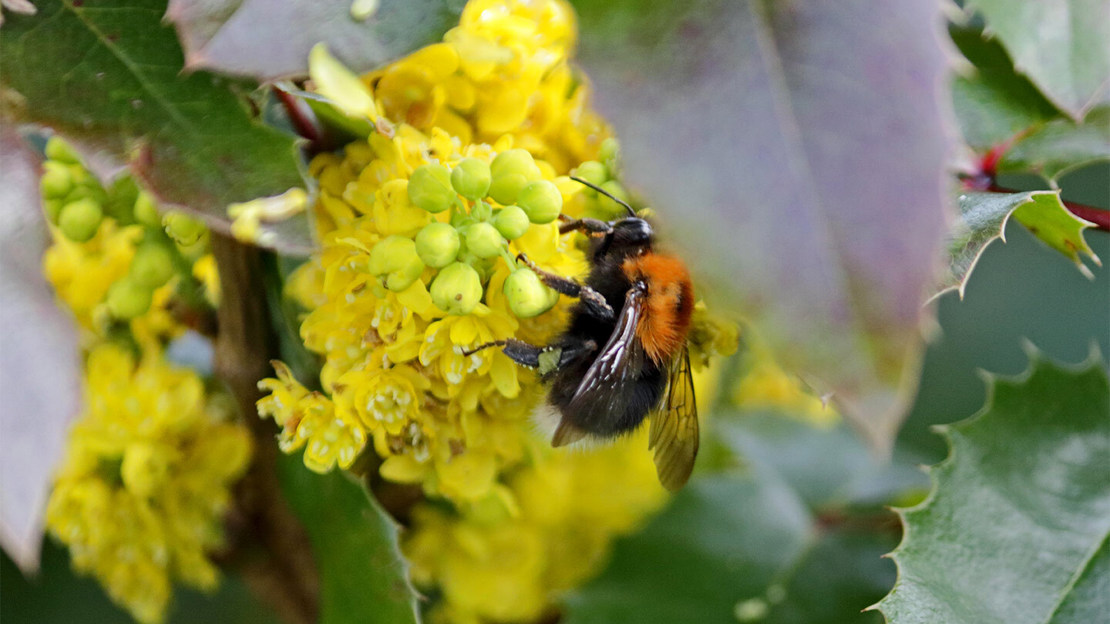
How to help bees in winter
You can help winter-active bumblebees by providing them with nectar. Winter-flowering plants for your garden include:
- mahonia
- evergreen clematis
- winter-flowing heather (Erica carnea)
- winter aconite
- hellebores
- winter honeysuckle (Lonicera x purpusii).
You can also help bees in winter by:
- creating leaf and twig piles for shelter
- growing ivy for cover and late nectar
- building a bee hotel where solitary bees can lay their eggs in spring and summer.
- leaving your compost heap untouched and avoiding digging soil until spring (queen bumblebees may be hibernating).
Help us track how climate change affects bees and other insects
Recording when bees come out of hibernation is a great way to collect valuable data that helps scientists track how our insects are faring. Our Nature’s Calendar project tracks the effects of weather and climate change on UK wildlife by asking you to submit your first sightings of certain species each year – from fly agaric to red-tailed bumblebee.
By taking just a few minutes to share what you see, you'll be contributing to hundreds of years' worth of important data.
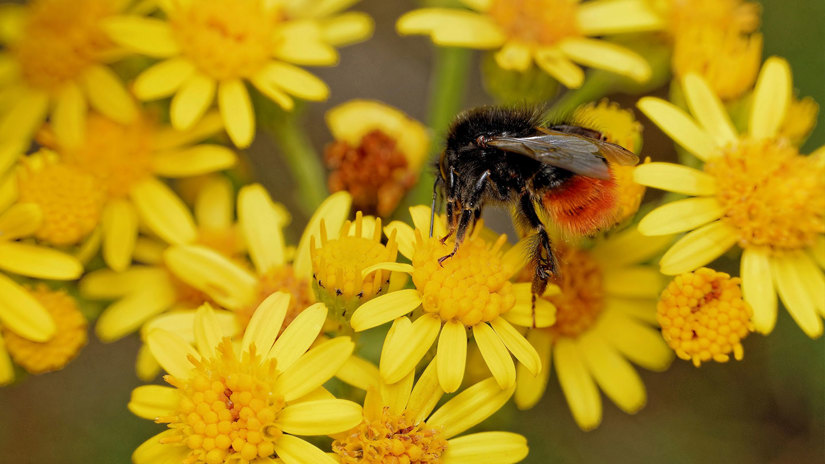
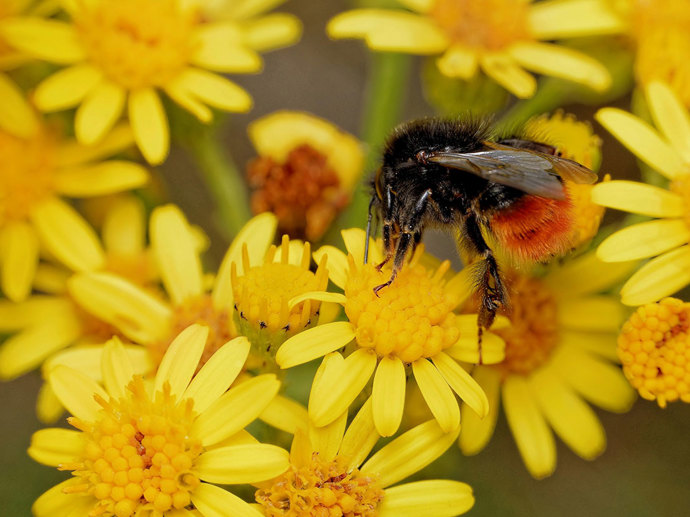
Spotted a red-tailed bumblebee?
External link
Your first glimpse of a red-tailed bumblebee each spring could help scientists track the effects of climate change on insects.


